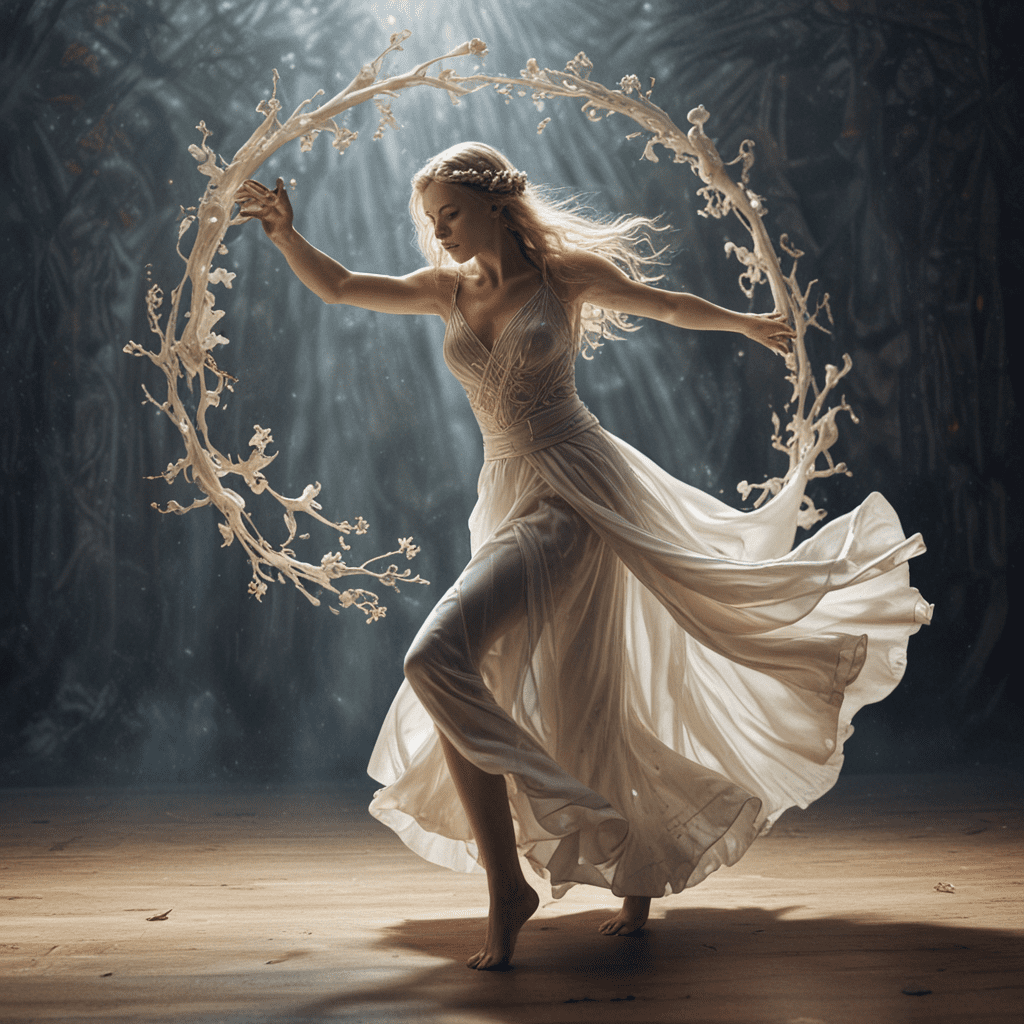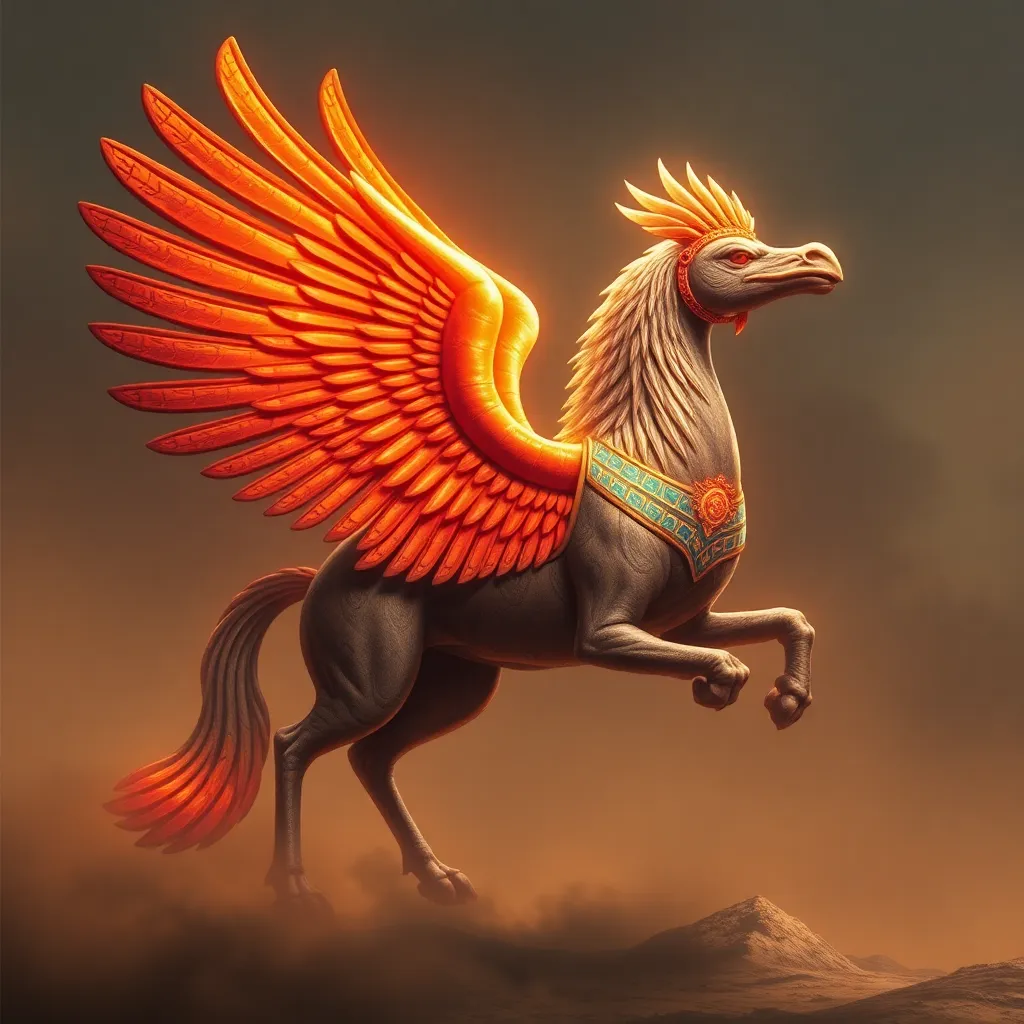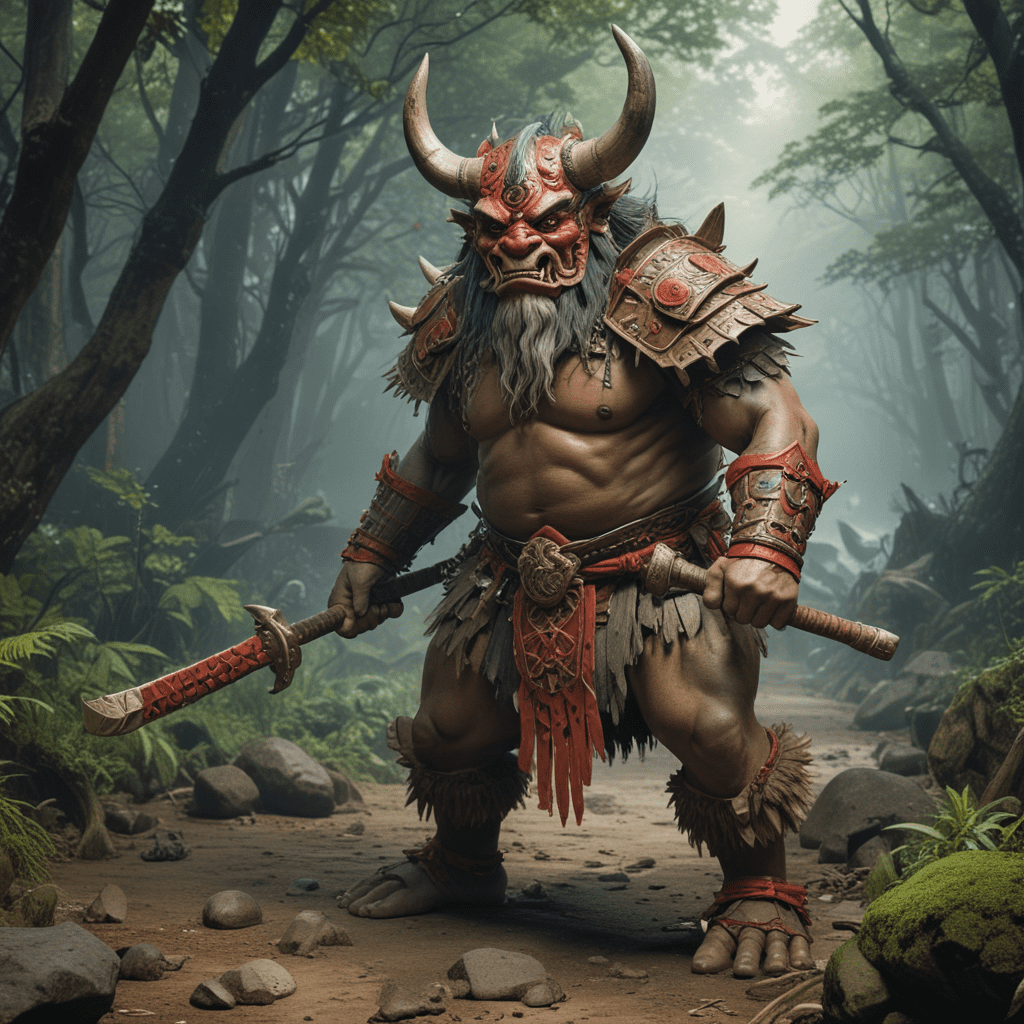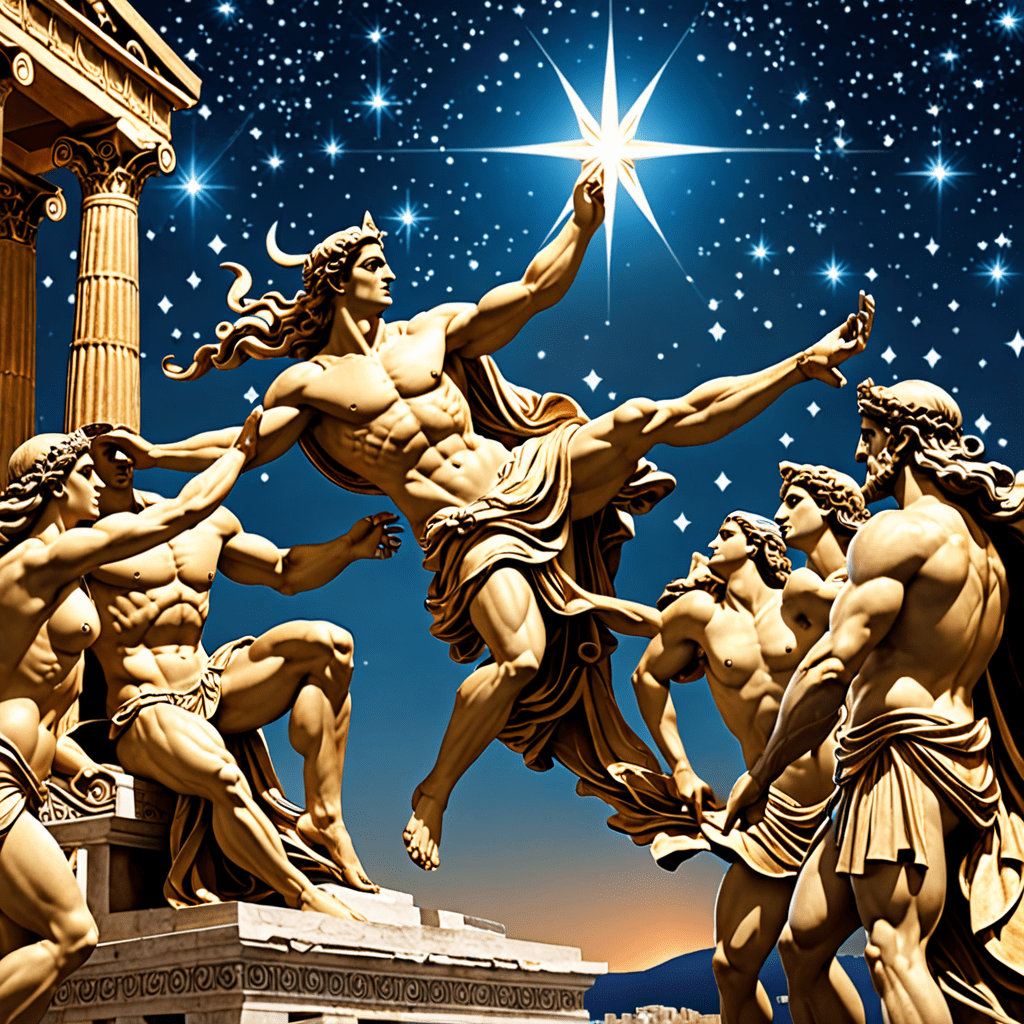Finnish Mythology: The Dance of Life and Death
Finnish mythology is a rich and vibrant tapestry of myths, legends, and beliefs that have captivated the imagination of the Finnish people for centuries. Rooted in the ancient traditions of the Finno-Ugric peoples, this mythology weaves together tales of creation, life, death, and the eternal cycle of existence.
The Creation Myth: Väinämöinen and the Creation of the World
At the heart of Finnish mythology lies the epic of Väinämöinen, an enigmatic figure who is both a creator and a trickster. In the beginning, Väinämöinen emerged from the primordial waters and sang the world into being. He shaped the land, created the animals, and planted the first trees. Väinämöinen's creative power is symbolized by the kantele, a magical instrument whose music holds the power to enchant and transform.
The Cycle of Life and Death: The Väinämöinen Cycle
The Väinämöinen Cycle is a central narrative in Finnish mythology that follows the protagonist's journey through life, death, and rebirth. Väinämöinen, as a shaman, possesses the ability to travel between the realms of the living and the dead. In his wanderings, he encounters various challenges and trials, but he always emerges victorious, symbolizing the eternal cycle of life and death.
The Underworld: Tuonela and the Dead
In Finnish mythology, the underworld is known as Tuonela, a cold and gloomy realm ruled by Tuoni, the god of death. Tuonela is the destination for all mortals after they die, and it is guarded by the fearsome dog, Cerberus. Despite its frightening appearance, Tuonela is not a place of eternal torment, but rather a place of rest and transition for the deceased.
Gods and Goddesses of the Underworld: Tuoni, Louhi, and the Others
Tuoni, the god of death, is the ruler of Tuonela and the guardian of the souls of the deceased. He is often depicted as a stern and unforgiving figure, but he also possesses a sense of justice and compassion. Other gods and goddesses associated with the underworld include Louhi, the mistress of the north, and her daughters, who are responsible for spinning the threads of life and death.
VI. Heroes and Tricksters: Väinämöinen, Ilmarinen, and Lemminkäinen
In addition to Väinämöinen, Finnish mythology features a cast of heroes and tricksters who embody different aspects of the human experience. Ilmarinen, the master smith, is known for his exceptional craftsmanship and his ability to create objects of great beauty. Lemminkäinen, the reckless warrior, is a charismatic and impulsive figure who often finds himself in trouble. Together, these heroes represent the strength, ingenuity, and audacity of the Finnish people.
VII. Magic and Shamanism: The Role of the Shaman in Finnish Mythology
Shamanism plays a vital role in Finnish mythology. Shamans are intermediaries between the world of the living and the world of the spirits. They possess the ability to heal the sick, communicate with the dead, and journey into the underworld. Through their rituals and incantations, shamans maintain the balance between the natural and supernatural realms.
VIII. The Kalevala: The Great Epic of Finnish Mythology
The Kalevala is the national epic of Finland, compiled by Elias Lönnrot in the 19th century. It is a collection of ancient oral traditions and legends that tell the story of the Finnish people from their origins to the present day. The Kalevala is a masterpiece of Finnish literature and a testament to the enduring power of storytelling.
IX. The Influence of Finnish Mythology on Modern Culture: Art, Literature, and Music
Finnish mythology has had a profound influence on modern Finnish culture. It has inspired numerous works of art, literature, and music. From the paintings of Akseli Gallen-Kallela to the symphonies of Jean Sibelius, Finnish mythology continues to captivate and inspire the imaginations of artists and musicians alike.
X. Conclusion: The Enduring Legacy of Finnish Mythology
Finnish mythology is a rich and vibrant tapestry of stories, beliefs, and traditions that has shaped the Finnish people for centuries. From the creation myth of Väinämöinen to the heroic legends of Ilmarinen and Lemminkäinen, Finnish mythology provides a glimpse into the soul of a nation. Through its enduring legacy, Finnish mythology continues to inspire and enchant people around the world.
FAQs
-
What is the significance of the kantele in Finnish mythology?
The kantele is a magical instrument that symbolizes Väinämöinen's creative power. Its music has the ability to enchant and transform, shaping the world and its inhabitants.
-
Who is Louhi and what is her role in Finnish mythology?
Louhi is the mistress of the north and a powerful sorceress. She is known for her cunning and her ability to control the forces of nature. Louhi is often associated with the underworld and the goddess of death.
-
What is the relationship between life and death in Finnish mythology?
In Finnish mythology, life and death are seen as part of an eternal cycle. The underworld is not a place of eternal torment, but rather a place of rest and transition for the deceased. Through rituals and incantations, shamans can communicate with the dead and maintain the balance between the two realms.




